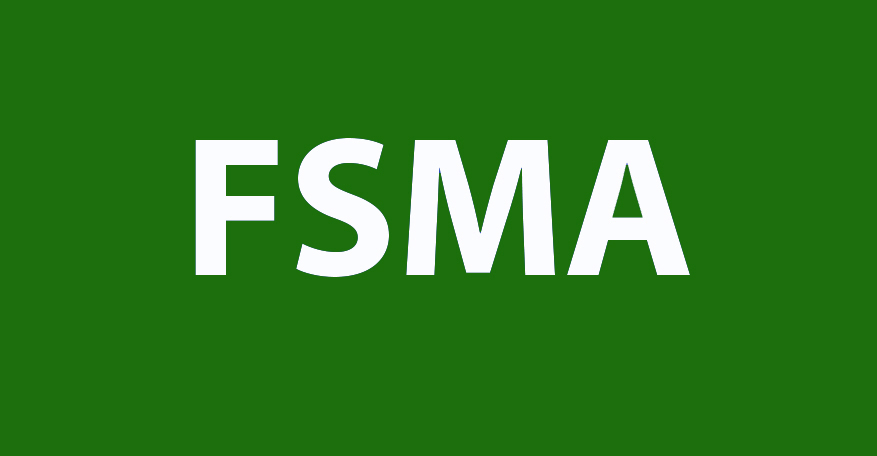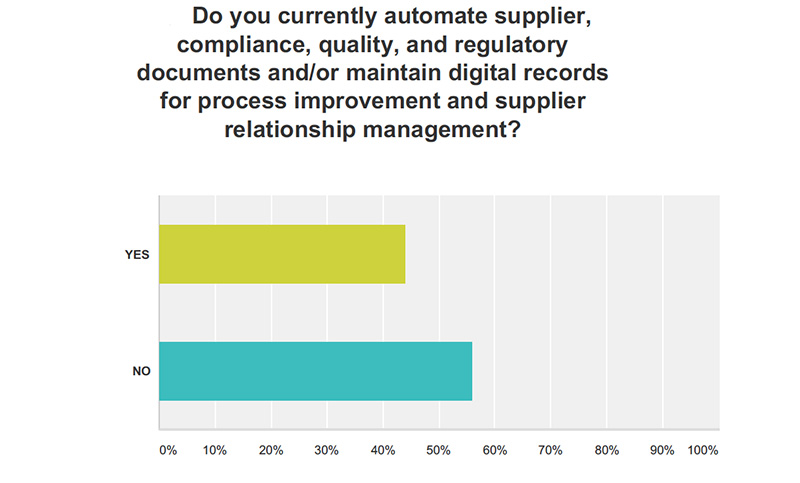With the release of new food safety and quality regulations or requirements—such as food safety culture—there can be a flurry of action to understand how a food company’s systems and processes should change to meet the new regulations or requirements. The typical response begins with the phrase “we need a plan.” For many, “we need a plan” translates directly into action. It’s the phrase that drives people forward to start “doing” in the hopes of reaching the desired outcome.
A quick-to-action organization that skips the planning represents the classic mistake in understanding strategy, tactics and operations. These organizations will find that they are constantly spending time and money re-doing action steps or correcting errors they have made. This leads to a culture of confusion, frustration, anxiety and resistance, the opposite of what we want in any culture.
As food companies are trying to understand and implement a “food safety culture” into their organizations, it is the perfect opportunity to take a step back and review the differences between strategic, tactical and operational work. All three are essential for food safety and quality programs and building a strong culture of food safety.
Consider this. Only 22% of people believe their organization has a clear direction.1
Join Jill Stuber and Tia Glave as they discuss “What I Wish I had Known Early in my FSQ Career” during the 2021 Food Safety Consortium Virtual Conference Series on Thursday, November 4Many reasons contributing to the 22% are reported; however, most companies generally do not spend enough time in the planning phase to build a strategy and develop the team to implement that strategy. Most people are rewarded for being busy with metrics such as % efficiency, % yield, and sales, not necessarily for successful change management, which can signal trouble ahead. Building clear plans around food safety culture will energize your team to participate in the planning and come along on the adventure.
Building clear plans start with understanding how strategic, tactical and operational plans support organizational direction. Let’s begin with having clarity around each term as they are often used interchangeably and often outside standard definitions. Consider these practical definitions:
Strategic (The HOW and the WHY): Designed with the entire organization in mind, typically at the highest levels of the organization, often with external support. Focused on three, five, 10 years out.
Tactical (The WHAT): Translates strategic ideas into a framework for the operational implementation. Focused on the next 12 months.
Operational (The DO): Specific actions and steps taken by front-line managers and team members to realize the tactical plans. Focused on today and this week.
To demonstrate a misuse of the terms, consider the following: A company is implementing new food safety and quality management software. Before implementation, top senior leaders choose an aggressive launch date and start working with a consulting firm and their leadership team to identify the software that works best for their organization. A software is chosen, and then it’s a race to implement the software before the launch date. Once the company realizes that they are not going to meet the launch date due to the implementation schedule taking longer than expected, the launch date is pushed back a month. The month passes, and even though implementation is underway, the company is not ready to launch. The top senior leaders decide to stick with the modified launch date. Months later, the company is still not using the software the way they had planned.
What went wrong? Critical parts of the strategic and tactical work were not done upfront, which led to poor operational work during the implementation phase. The company did a great job working through options with other leaders and choosing the best program; however, they failed to use that vision to evaluate the resources needed for implementation and then translate that vision into tactical steps to get a realistic timeline for launch. Unfortunately, this lack of planning leads to resources feeling overworked and frustrated.
When thinking about food safety culture (or any culture), having your team members feeling overworked and frustrated will only hurt. We have found that following these macro steps to navigate each phase ensures that organizations successfully develop and implement new strategies that will lead to energized and supportive team members.
1. Create a Vision (Strategy)
How and where does food safety culture align with the organization’s purpose and mission? The food safety culture strategy requires a story around what it is, why it is important, and how it supports the organization. We like to call it the Blue-Sky Vision encouraging people to think big—the sky’s the limit! The vision will evolve into a strategy around food safety culture that stems from activities like honoring what is working well in the organization, listening sessions that gather the voice of your team members, to engaging with external stakeholders to broaden perspectives. The vision should align with purpose and values. After all, “When the WHY is clear, the HOW is easy”— Unknown.
2. Evaluate Skills and Resources (Strategic and Tactical)
What in the organization, such as people, systems, and processes, will serve the Blue-Sky vision in the future? What additional skills and resources are needed? To build an organization to this point, many factors are likely working well and may serve as the foundation for moving forward. Yet, things must be released to get to the next level to make way for the new. For example, will the Food Safety Manager be the champion of food safety culture? If yes, what current tasks must they pass along to others or stop to fulfill the champion role? The practical side of allocating money and time is also critical at this step. The evolution of skills and resources to reach Blue-Sky won’t happen without intentional support.
3. Understand Incentives (Strategic and Tactical)
What’s motivating and encouraging team members in every function at every level to work toward the Blue-Sky vision? What incentives may pull team members off track and conflict with the Blue-Sky vision? Be careful here! There have been many discussions about incentivizing food safety behaviors where it is detrimental. An example is reducing the number of holds. A key metric around reducing holds may simply reduce communication that holds are needed, thus letting defective products out the door. Focus on “the why” and incentives team members that exemplify behaviors that support it.
4. Build Your Action Plan (Tactical)
Unless you like herding cats, you need a clear plan that outlines actions for each function and role. Without a detailed plan, everyone will work with their best intentions instead of the vision’s best intentions to move forward. This could be your individual or team’s 4-Quarter Plan or 30-60-90 Action Plan.
5. Implement Your Plan (Operational):
Hellen Keller says it best with “Ideas without action are useless.” If you’ve done all the work in the phases above, the fruits of that labor will be observed in the day-to-day work of each team member. What changes are related to procedures? How is time allocated to have a real-time discussion around food safety behaviors? How will relationships be fostered each day to build transparency and engagement?
By understanding the phases related to change management, evaluating and improving your organization’s food safety culture will be a joyous adventure. Engaging team members using catch-ball, a lean concept, at every single phase will align and energize the entire organization on your way to the Blue-Sky Vision of food safety culture that honors your organization, team members and clients.2
References
- 2019. Clifton, Jim, and Jim Harter. It’s the Manager: Moving from Boss to Coach. Gallup Press. P.20.
- Millard, M. (2016). The Role of Catchball in Strategic Planning.
Tia Glave and Jill Stuber collaborate to support clients through Catalyst LLC., an organization that sparks transformation in food safety and quality, weaving together individual growth, teamwork and organizational strategies.













